The article contains practical recommendations and specific examples of how to dress a child indoors in different situations.
Contents
- How to properly dress a child at home?
- How to dress a child at a temperature of 20 and 25? C?
- How to dress a month-old baby at home?
- How to dress a child at home in the winter?
- Do I have to wear shoes at home?
- Is it necessary for a child to wear a hat at home?
- How to dress a child after bathing?
- How to dress a child at night?
- How to dress a child in kindergarten?
- Video: Doctor Komarovsky - Clothes and dressing
- Video: Temperature in the room for a newborn
When you first become a parent, many questions arise about caring for a child. To the aid comes literature in unlimited volumes, the advice of friends, moms, grandmothers.
More on this, as well as how to dress a newborn baby for a walk in the fresh air, for a trip to the clinic, etc. read in the article How to put the baby on an extract from the hospital? Important rules for dressing a baby at home and on a walk
After a little hitching with advice on the forums, modern parents come to the conclusion that the child can not be overcooled and overheated, and that there is a golden rule: the child should be dressed like himself + 1 coat.
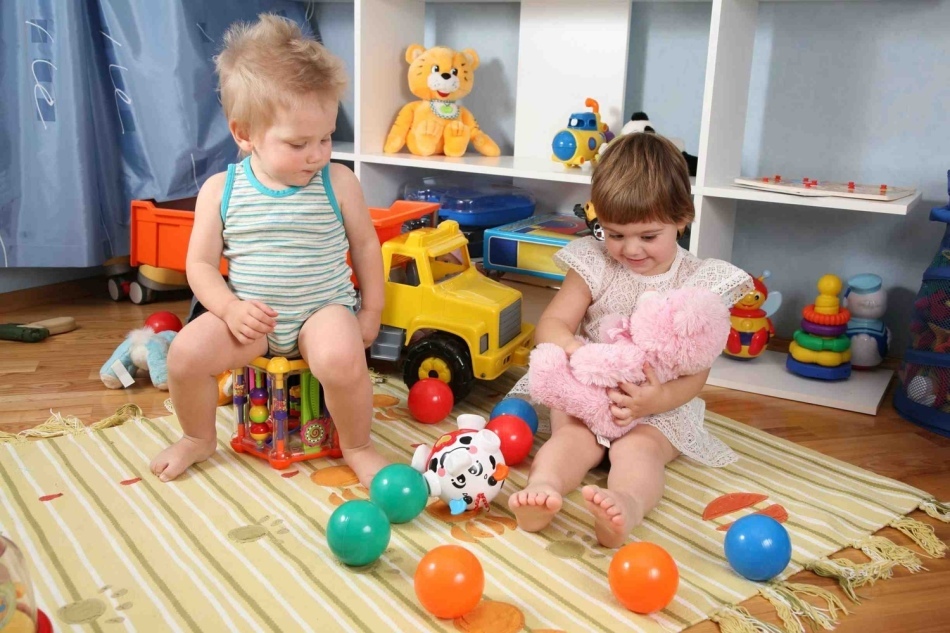
And this, however, such an implicit recommendation exists for children under one year to facilitate the task of indecisive and all-time doubting parents.
But the questions do not get smaller. In addition to staying on the street, the child needs to put something on and in the room. How to do it correctly, without earning a pound, and not catching a cold child.
Does the rule of the additional layer extend in case the child is in the building? What exactly is to put on the child, when he actively plays at home, when he sleeps, after bathing, etc.?This article will help you in finding answers.
How to properly dress a child at home?
The main factors that will determine the choice of clothes from the children's wardrobe, include:
- age
- activity / activity of the child
- temperature in the room
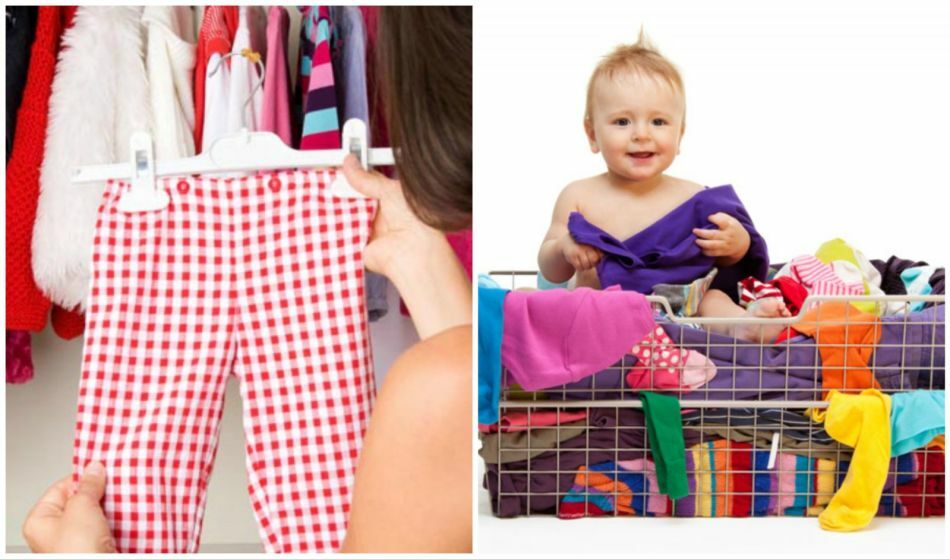
Age. We can conditionally distinguish three age periods for which different approaches to dressing a child are characteristic:
- Until a month. Newborns are most vulnerable to overheating and hypothermia, so they are slightly warmer than children from 1 month to 1 year.
- Up to a year. Infant children still have an imperfect thermoregulation system, so they should be dressed on a principle like themselves plus an extra blouse
- Over one year. The wardrobe is similar to the adult
It is obvious that a child actively crawling around the apartment and the baby, who basically lies motionless in the crib, must be dressed differently. It matters whether the child is awake or asleep.
Sooner or later the child moves from the crib to the floor to avoid falling down when turning around and in order to learn to crawl and walk. Remember that lying on the floor is colder, which means that the child should be warmer.
IMPORTANT: The temperature on the floor is generally 2 degrees below room temperature.
Examples:
Child on the couch / bed:
- T-shirt / swing shirt + sliders
Child on the floor:
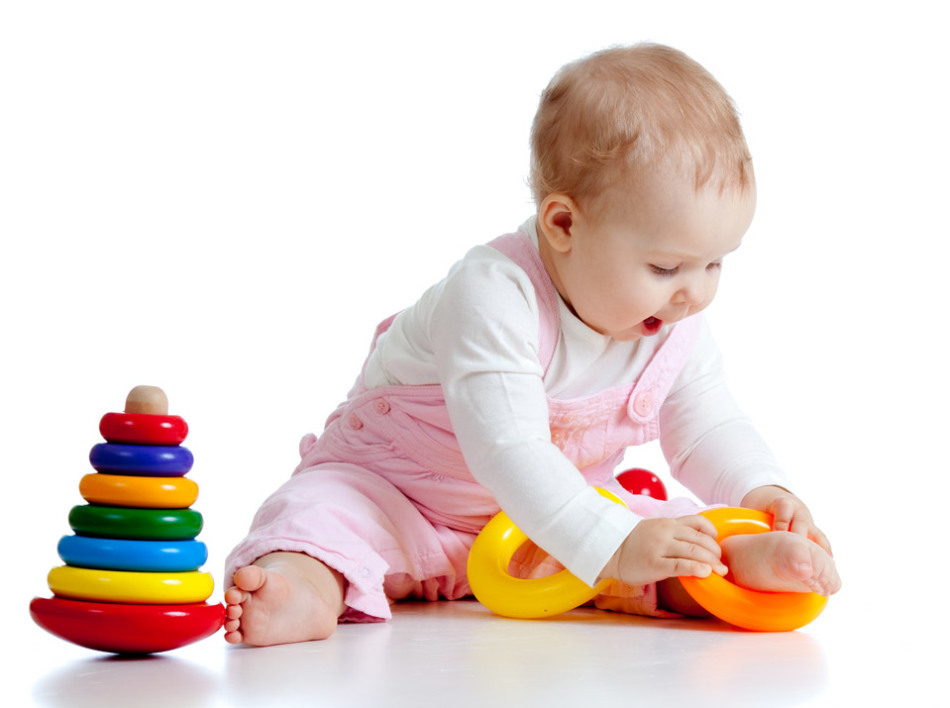
- T-shirt / swing shirt + light blouse + sliders
When the baby begins to creep( 7-9 months), it moves actively, which means it canit is easy to overheat. In addition, in the period of intensive movements it is important to choose a comfortable, not hindering natural movements of the baby clothes.
Examples:
Sluggish child( up to 6-7 months):
- cotton cover( slip)
Crawling baby( after 7 months):
- cotton tops plus tights / leggings

In a combined overall, it's hard for a toddler to learn how to move around, so once your child starts crawling and getting up, update the wardrobe by purchasing more pantyhose, panties, losin.
How to dress a child at a temperature of 20 and 25? C?
Temperature in the room. Optimal for a child in different sources is called from 18 to 24 ° C.In practice, it is very difficult to adjust the air temperature in the room. An urgent need for additional hassle and costs, in fact, no.
It is enough to adapt to the available constant room temperature by selecting the right clothes for the child. And extra money is better spent on the purchase of a humidifier, which will be much more useful and necessary.
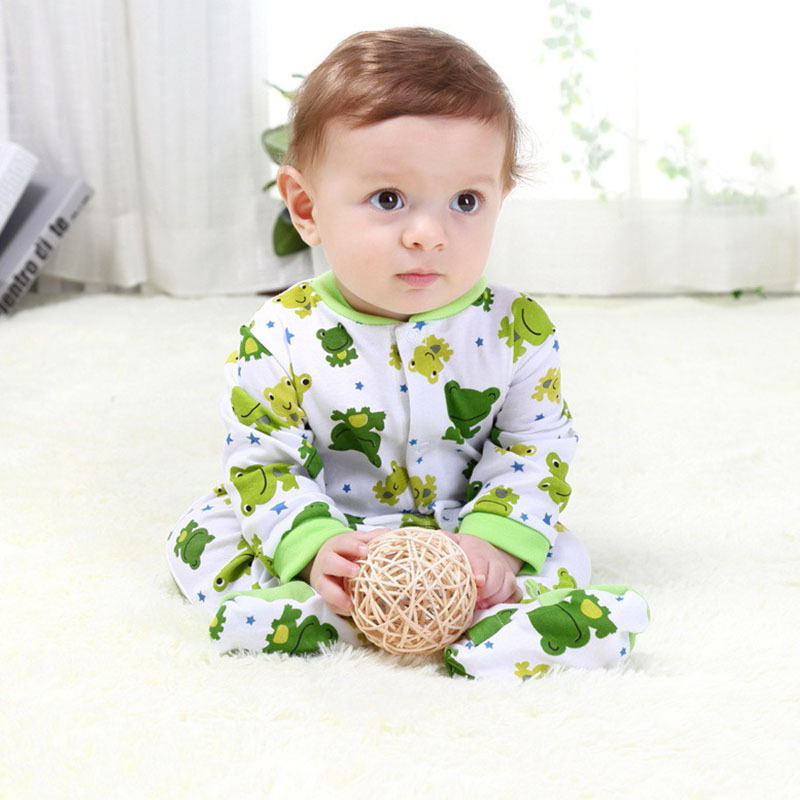
Examples:
28-30 ° C and above:
- diaper( panties), and it is better to leave the baby naked for taking air baths.
25-28 ° C:
- light T-shirt / panties + diaper( panties)
23-25 ° C:
- body armor
21-23 ° C:
- body armor + pantyhose
- or lightweight overall
- or body with short sleeves + integrated overall / light suit
18- 20 ° C:
- body with long sleeves + tightoveralls / long sleeves suit + warm socks
15-17 ° C:
- body with short sleeves + lightsuit / jumpsuit + suit + warm wool socks( socks or booties knitted +)
How to wear month old baby at home?
Because of the small weight and defective work of the sweat glands, a newborn baby is prone to overheating and hypothermia, therefore needs increased attention in terms of choosing the right clothes.
At an average temperature of 22-23 ° C for a month-old baby who will be lying in a crib under the blanket, you can wear:
- combined cotton combo
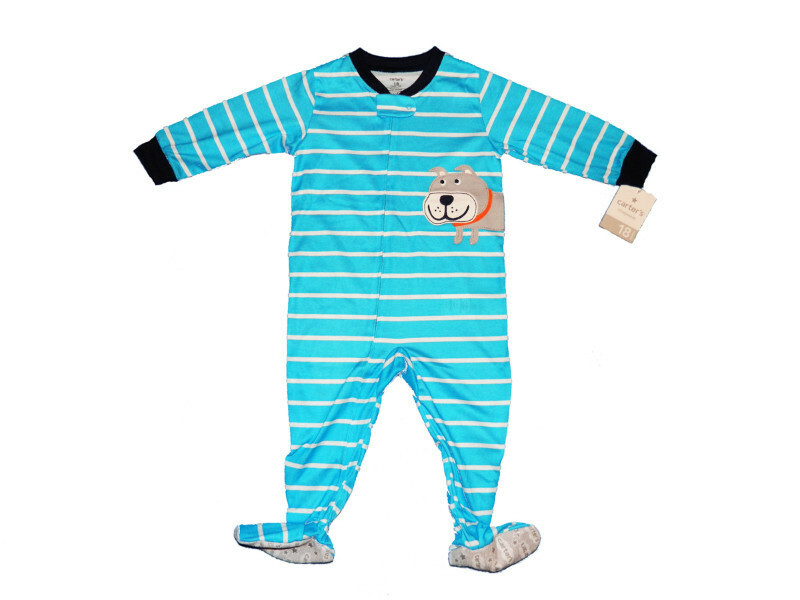
If the room is warmer:
- one bodysuit is enough
If it's colder:
- body +overalls
- or cover with a warmer blanket
How to dress a child at home in the winter?
In winter, due to the included heating, the air temperature in the apartment is usually provided at a high level, i.е.colder does not become. Therefore, when choosing clothes, you can focus on the same factors: the age and activity of the child, room temperature( see above).
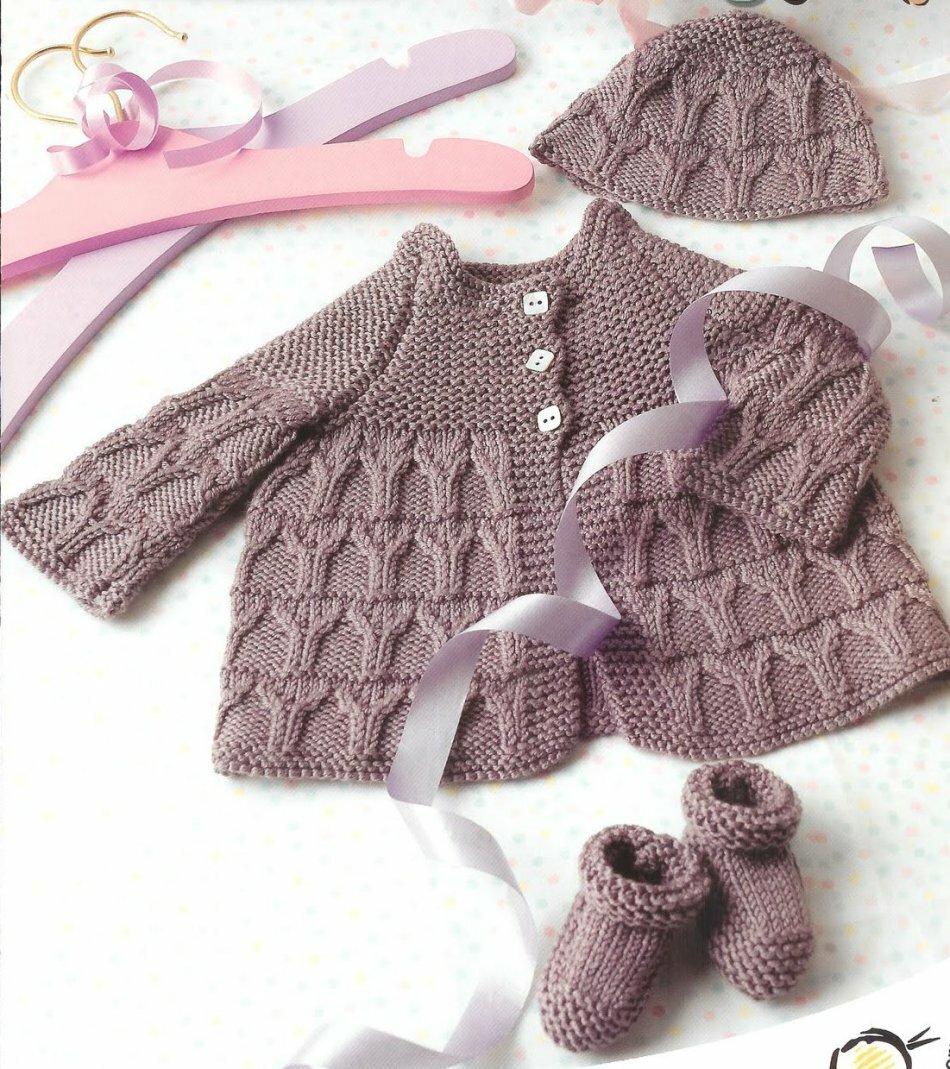
The coldest period is the off-season, when it's already cold outside and the heating is not yet on. This period is the most stressful for a child, accustomed to some constant room temperature. It's time to show off in a knitted blouse and pinets, related to grandmother's love. After turning on the heating is likely, you will wear them only on the street.
Do I have to wear shoes at home?
 Shoes perform several functions:
Shoes perform several functions:
- warming
- protection against damage
- treatment / prevention of foot disorders
- If you are thinking about shoes, worrying about the fact that your children's legs are cold, the knitted booties, warm socks or fabric slippers will be an excellent option.
- second function, at home, it's hardly about protecting the leg from damage
- . Regarding the treatment, everything seems to be clear: there are problems with the feet, the doctor diagnoses and appoints special shoes for her decision. Doubt to dress or not, does not arise. The more difficult it is with prevention, here the opinions of orthopedists vary
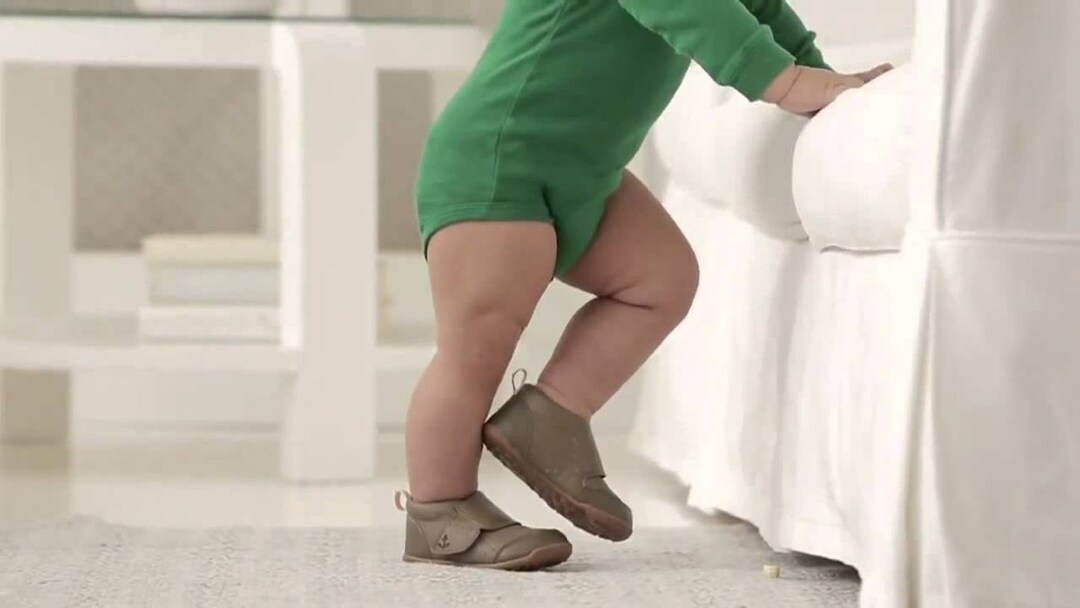
Some doctors advise putting on sandalaki in order to prevent flat feet, as soon as the child starts to get up and take the first steps. Others complain that shoes do not let the muscles of the foot naturally develop, making it "lazy."To which side to cling - this is the problem of responsible parents.
It seems reasonable to consult an orthopedist who will examine your individual child. If the doctor notes the presence of problems or the propensity to their occurrence and recommends wearing shoes even at home, you should obviously listen.
How to choose the first child's sandals, you can find out in the article How to choose the right footwear for your child? Shoe size chart for babies
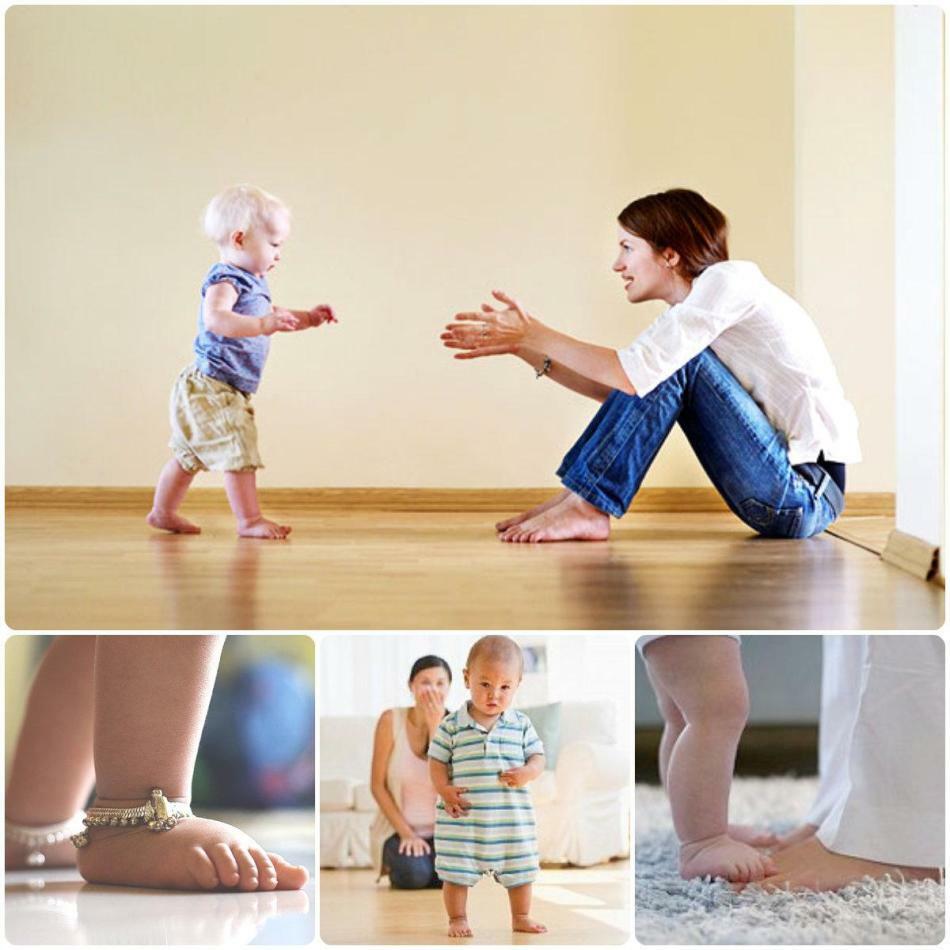
- If the child is absolutely healthy and there are no disturbances in the development of the foot, it makes sense to turn to the natural condition of the foot and let the leg run barefoot at home. This can also become the basis for tempering the child
- In the part of socks and soft slippers, it should be noted their insecurity in the period when the child learns to walk. On a slippery surface of the floor, the child risks falling often, which means that the desire to learn can be restrained by the
- . On the contrary, barefoot, the baby will feel the surface, and therefore will be more confident when taking the first step. In the event that the temperature in the room does not allow you to stay even for a while with bare feet, alternatives can be socks with an anti-slip surface
Do I need to wear a baby hat at home?
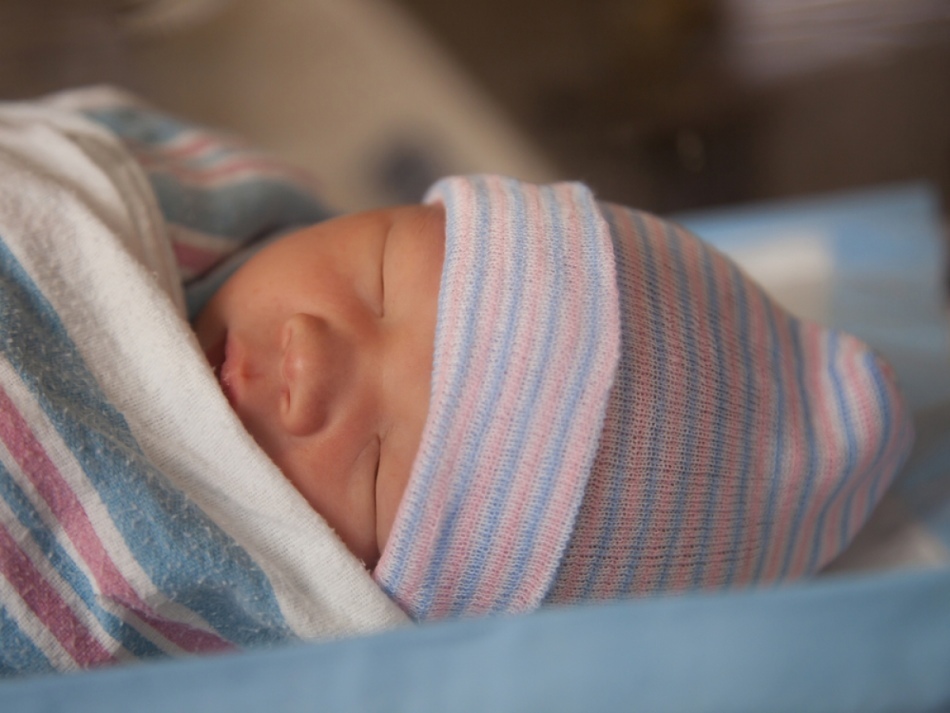 There is an opinion that the first thing in a child is cold is the head. It seems to young mothers, and more often to grandmothers, the most vulnerable part of the body, on which are also especially prone to fall ill ears. Therefore, the desire to wrap a small head in a cap or cap is very large.
There is an opinion that the first thing in a child is cold is the head. It seems to young mothers, and more often to grandmothers, the most vulnerable part of the body, on which are also especially prone to fall ill ears. Therefore, the desire to wrap a small head in a cap or cap is very large.
In order not to achieve the opposite effect, be guided by the following recommendation.
If in an apartment - not lower than 22 ° C, a hat for a baby should not be worn, except for some time after bathing, as described below.
How to dress a child after bathing?

- Immediately after taking the baby's water procedures, you should wrap it with a towel. Convenient are special children's towels with hoods. After the child warms up and you get wet with a towel all the moisture, the baby can be changed.
- As a rule, children are bathed before going to sleep, so they wear pajamas. Special requirements for clothing after bathing, perhaps, there is no
- . It should be separately mentioned about the cap. In the first months to put on a baby cap for 20-30 minutes after bathing will not be superfluous. This time will be enough to dry the ears, as well as hairs that some children may have long since birth
- More adults( over 3 months old) will dry their head with a towel
. How to dress a child at night?
When choosing a baby's clothes for a night's sleep, you should first answer the following questions:
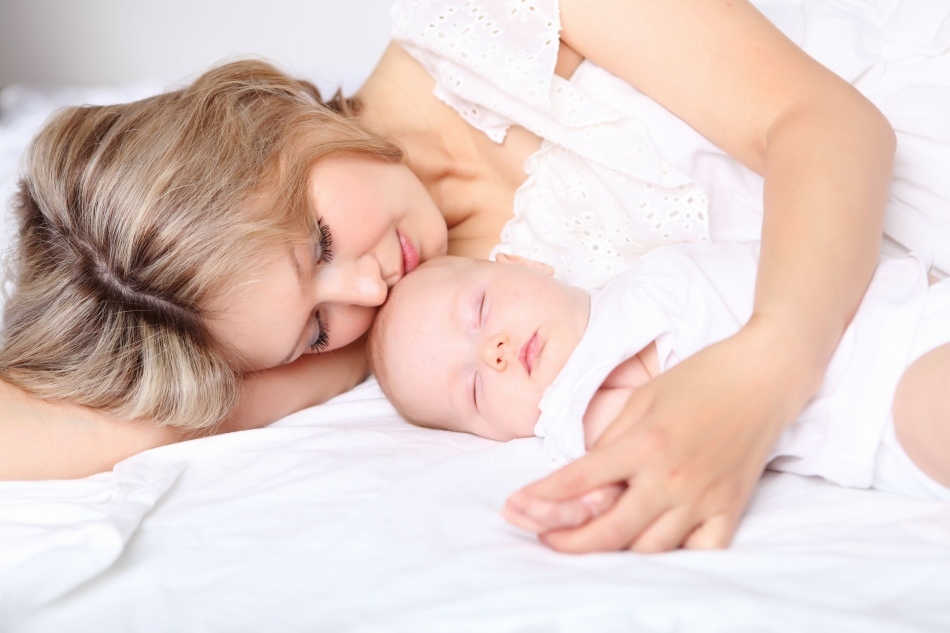
- Do you practice sleeping together, or does the child sleep in a separate crib?
If a child sleeps with you in the same bed, you warm it with the warmth of your body, so that the baby does not sweat, wear it easily( body / shirt) - Do you have a habit of sleeping with an open window?
If you are accustomed to sleeping with an open window, you can also accustom yourself to this useful work of the child. You can start with a good ventilation of the baby's room before bedtime( optimally, that the temperature is not higher than 22 ° C).Naturally, if you practice sleep with an open window, do not forget to warm up the child's clothing( pajamas with closed legs and handles).
In addition, remember:
- In a dream, children often throw off a blanket, and can not independently hide themselves. If the child is sleeping separately, the classic pajamas are a slip or separate blouse with panties. At an average room temperature( 22-23 ° C) in such pajamas the baby will not freeze

- Clothing should be comfortable for prolonged sleep without awakening. Children's clothing for all occasions must meet the comfort requirements, but at night the baby is in a long position for a long time, so it's important that the pajamas do not rub, squeeze and let air in.
Given these factors, you can choose to:
- pajamasa kind of combined cotton coveralls
- or body with a short sleeve / shirt
How to dress a child in kindergarten?
If the child is 4-6 years old, he is already relatively independent, and the choice of clothes is determined only by the temperature of the air in the group and your imagination.
Situations when the baby goes to kindergarten in 2-3 years, require more careful preparation for choosing clothes.
Kroha will have to deal with changing clothes several times a day. Count only on the caregiver or nurse is not reasonable. Try to help your child by choosing a comfortable wardrobe, which he can handle on his own.
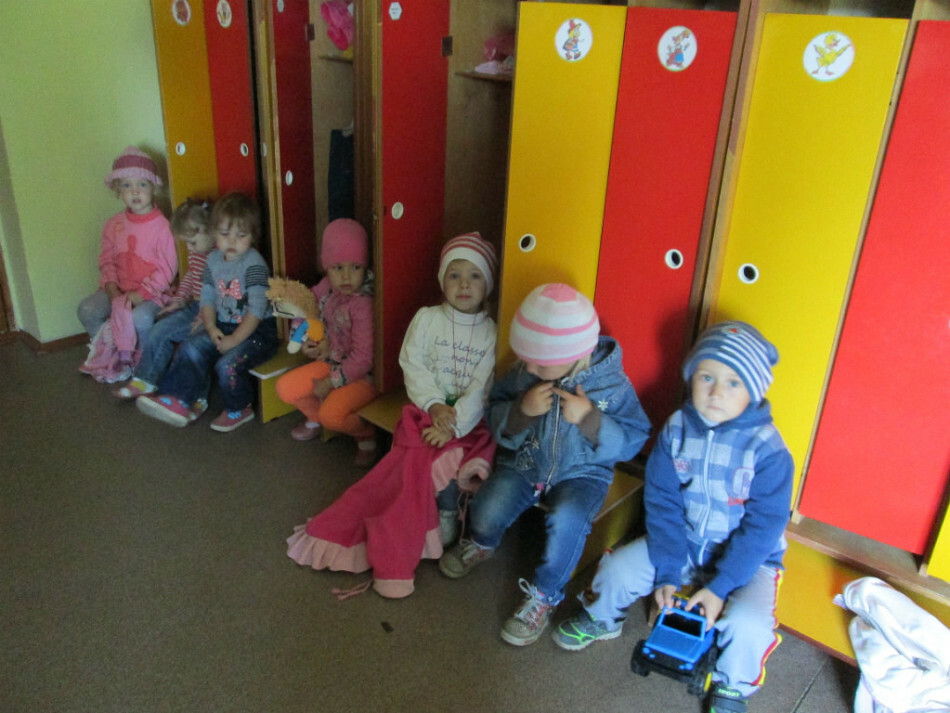
Basic principles:
- Things in the first place should meet the criteria of maximum ease and ease of putting on the child, even if you have to sacrifice an aesthetic appearance of clothes
- Choose shoes with Velcro. With shoelaces, zippers, drawstring and lock fasteners, while you're still wearing
- T-shirts, sweaters should be with a deep cut, without buttons, buttons and ties at the back
- Panties( shorts) better to buy on an elastic band, but not with buttons and zippers
- Be sure to prepare your child forkindergarten spare clothes. Even if your baby walks well on a pot, he can get his clothes dirty when he's eating. And there is little that can happen to the child
- Do not forget that children in kindergarten learn to draw, sculpt, eat, walk in the sandbox, etc. So do not dress up a child. Adjust to the fact that clothing can be torn, hopelessly dirty and unsuitable for further wear. Choose simple and inexpensive things, but in a large number of
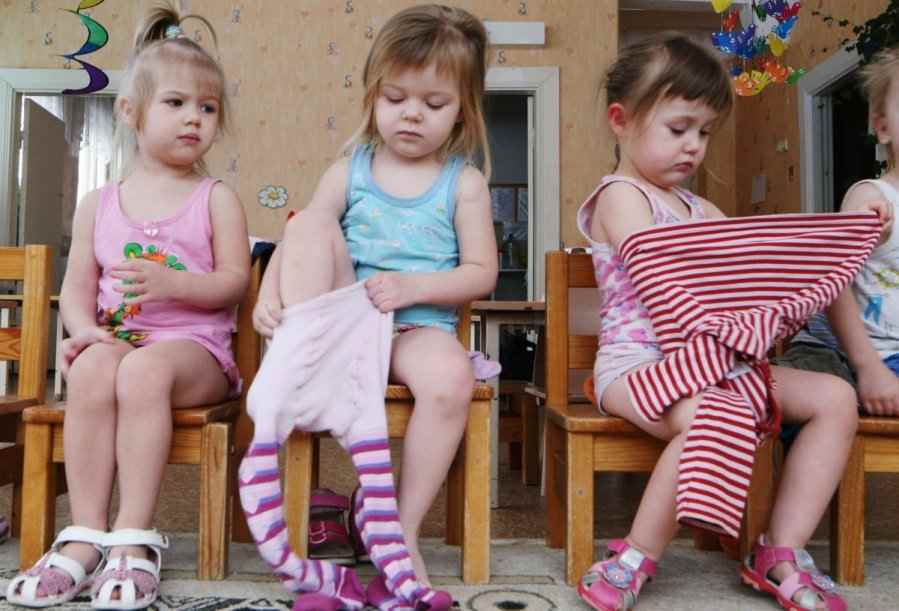
As a rule, the group is always very warm, so the basic set of clothes can look like this:
- panties + jersey
- T-shirt
- panties + socks
- or skirt + pantyhose
In the lockerjust in case, let it be: removable underwear, T-shirt, warm jacket, socks / tights, panties / skirt.
To summarize, I want to note that you should not be afraid to make mistakes, and dwell on whether you have the right wardrobe for your children. Focus only on your child. At first you will often have to check whether it's cold or hot, but in time you will already know exactly what and when to put on the baby. Do not forget also that the child himself will soon show preference in clothing.
